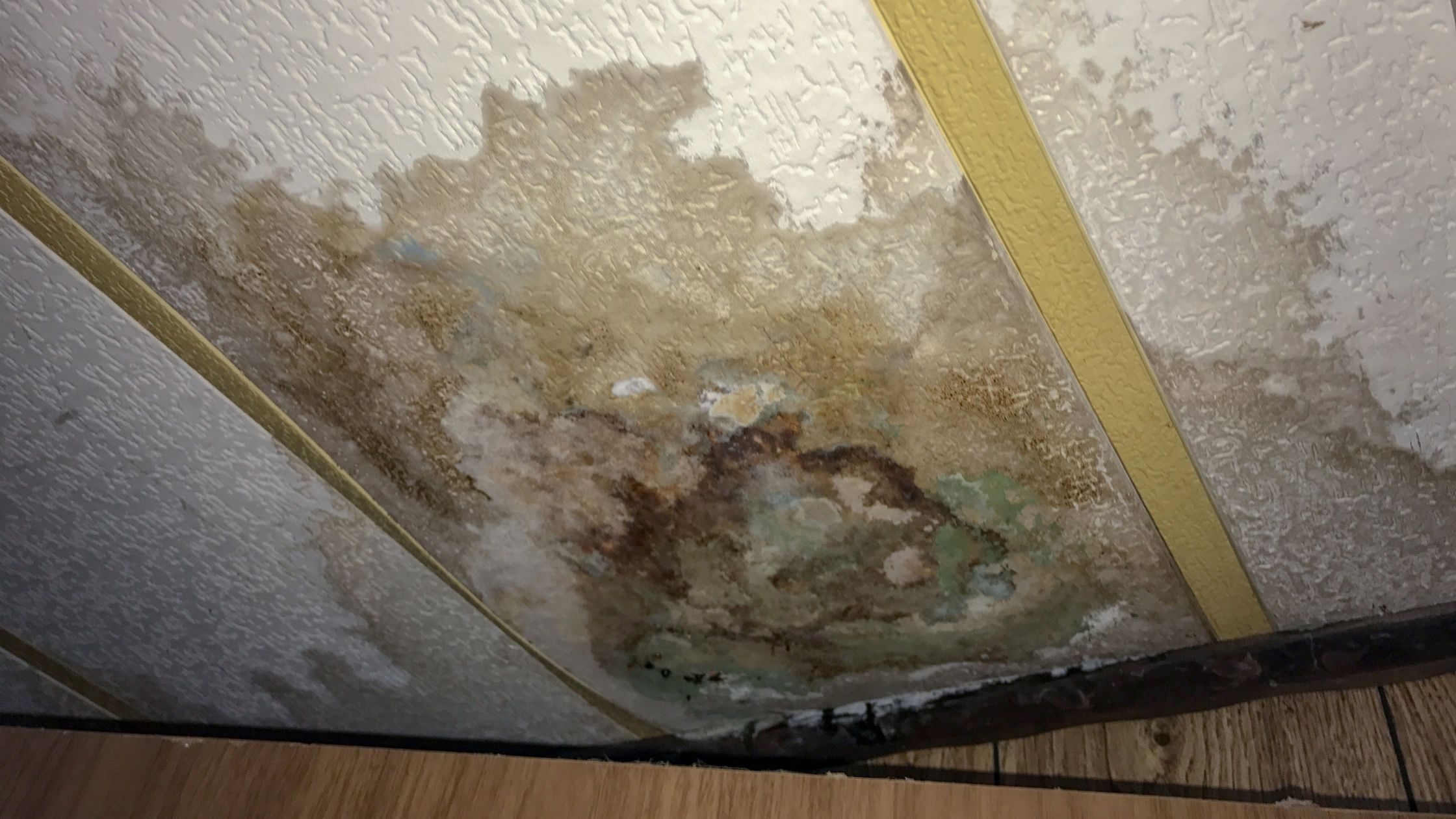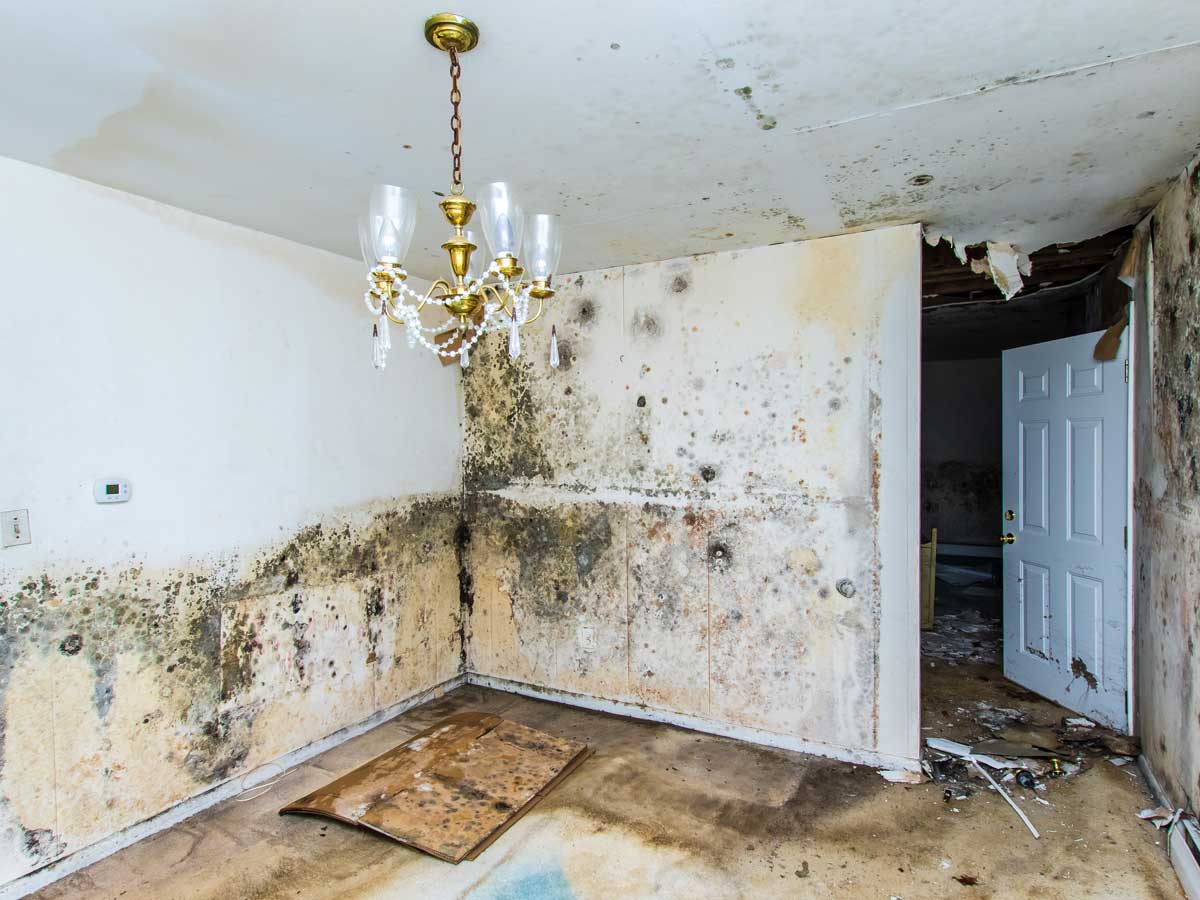The Process of Water Damages Clean-up: Guaranteeing Your Home Is Recovered Properly
Water damages can be a complicated obstacle for home owners, necessitating a organized and precise cleanup procedure to recover safety and security and capability. An extensive analysis is critical to determine the level of the damage and figure out the appropriate remediation actions. Following this, effective water removal methods play a critical role in minimizing additional harm. The subtleties of drying, sanitizing, and ultimate repair are just as vital and often ignored. Understanding these phases can make a considerable difference in the end result of your home's remediation, triggering a closer consider what each step entails.
Evaluating the Damage
Upon finding water damage, the initial step is to completely analyze the degree of the influence. This initial analysis is essential, as it helps figure out the essential steps for effective clean-up and reconstruction. Begin by evaluating the affected locations, consisting of wall surfaces, ceilings, floors, and personal belongings, to recognize the source of the water intrusion, whether from flooding, leakages, or condensation.
Recording the damages is important for both insurance claims and intending reconstruction efforts - damage restoration services. Use pictures and created notes to record the seriousness of the damage, keeping in mind any type of damaged architectural components and materials. Pay special interest to areas that may not be immediately noticeable, such as behind wall surfaces and under carpetings, as concealed dampness can bring about additional issues, including mold and mildew development
Furthermore, analyze the timeline of the water direct exposure. The longer the products stay damp, the higher the possibility for damage. Recognizing the duration of exposure will educate the necessity of remediation efforts. Inevitably, an extensive analysis prepares for an effective water damage clean-up procedure, guaranteeing that all impacted areas are attended to successfully and thoroughly.
Water Removal Methods

Professionals generally use submersible pumps for bigger volumes of water, which can promptly alleviate flooding in basements or other affected areas. For smaller sized quantities, wet/dry vacuum cleaners are typically made use of to draw out recurring wetness from carpets and difficult surfaces. Furthermore, making use of portable extractors permits for targeted removal in restricted areas or locations with fragile products.
In circumstances of polluted water, such as sewer or floodwater, advanced extraction methods may involve the usage of biohazard equipment to guarantee security and conformity with wellness guidelines. High-powered extraction devices are essential in minimizing water retention in architectural materials, which can result in mold and mildew growth and structural damage otherwise dealt with without delay.
Eventually, the efficiency of water removal strategies plays a critical role in the general success of the water damage clean-up procedure, preparing for succeeding reconstruction initiatives.
Drying and Dehumidification
Once standing water has actually been effectively drawn out, the following crucial stage in the water damage cleanup process is drying and dehumidification. This action is vital to avoid further damages and mold and mildew development, which can occur within 24 to two days in moist settings.
To attain effective drying, customized equipment such as industrial-grade air movers and dehumidifiers is employed. Air moving companies circulate air across wet surface areas, enhancing evaporation prices, while dehumidifiers lower moisture levels airborne, promoting a favorable environment for drying. The mix of these tools makes sure that moisture is extracted from floors, walls, and home furnishings, allowing them to completely dry completely.
It is essential to keep track of the drying out process closely. Specialists often use wetness meters to evaluate the wetness material in numerous my sources products, making certain that all influenced areas reach acceptable dryness levels. This thorough method assists to stop surprise wetness pockets that could lead to architectural damage or undesirable mold growth.

Cleansing and Disinfecting
After the drying out and dehumidification phase is complete, the following essential action in water damage cleaning is cleansing and disinfecting the impacted areas. This process is crucial to prevent the growth of mold and mildew, microorganisms, and other virus that grow in wet atmospheres.
The cleaning stage commonly entails removing any kind of particles, dirt, and impurities from surface areas making use of specialized cleansing agents. For hard surface areas, a combination of soap and water or business cleansing items is typically employed. Soft products, such as upholstery and carpets, may need much more extensive cleansing methods, including vapor cleaning or deep removal methods, to ensure detailed cleanliness.

Disinfecting follows cleansing, utilizing EPA-approved disinfectants to get rid of hazardous microbes. This step is necessary, particularly in locations that may have entered into contact with floodwaters or sewage, as these resources can position serious health and wellness threats.
Additionally, it is very important to resolve any kind of remaining odors, which might call for the use of odor neutralizers or advanced methods like ozone therapy. Proper cleaning and sanitizing not only recover the security and health of your home yet Click Here also prepared for successful remediation and repair services in succeeding phases of the water damage cleanup procedure.
Restoration and Fixings

When the assessment is full, repair efforts can start. Furthermore, floor covering may call for similar focus, depending on the level of water direct exposure.
It is vital to engage seasoned remediation professionals during this procedure, as they possess the proficiency to take care of complicated repairs properly. They can assist mitigate possible future problems, such as mold development or structural instability, therefore making certain a risk-free and habitable living environment. Eventually, efficient restoration and fixings bring back the home's integrity and improve its total value.
Conclusion
To conclude, the procedure of water damage cleaning is important for bring back a home to its pre-damage problem. Each phase, from analyzing the damages to implementing effective water extraction methods, complied with by thorough drying, sanitizing, and required repair services, plays an essential role in making sure safety and security and conformity with building standards. Effective execution of these steps not just alleviates instant damage however likewise improves the long-lasting integrity and value of the residential property.
Water damage can be a daunting obstacle for house owners, necessitating a structured and meticulous cleaning process to recover security and functionality. Eventually, an extensive evaluation lays the foundation for a successful water damages cleaning procedure, guaranteeing that all affected locations are dealt with effectively and completely.
Effective water removal techniques are crucial in reducing their explanation damages and avoiding more issues following a water invasion occasion.In conclusion, the procedure of water damages cleanup is essential for restoring a home to its pre-damage problem. Each stage, from evaluating the damages to implementing efficient water removal techniques, complied with by detailed drying, sterilizing, and essential repairs, plays a crucial role in guaranteeing safety and security and compliance with building requirements.